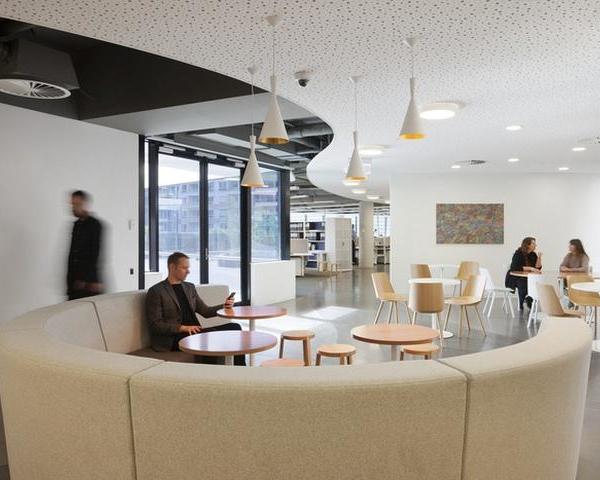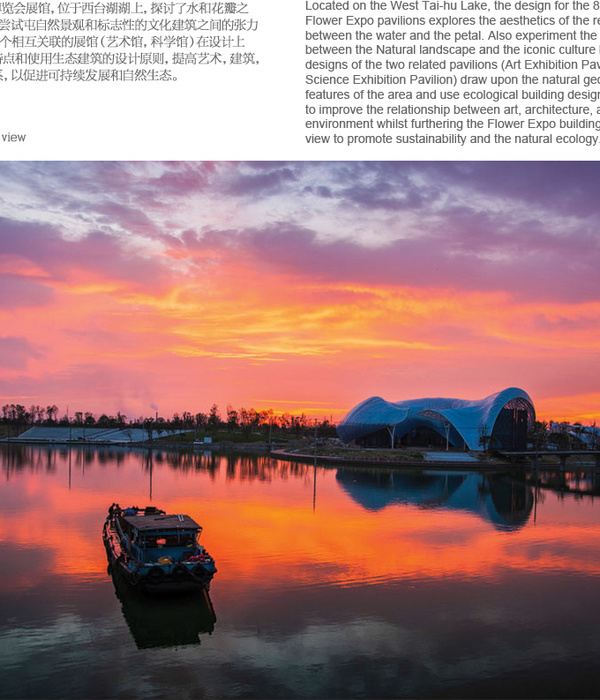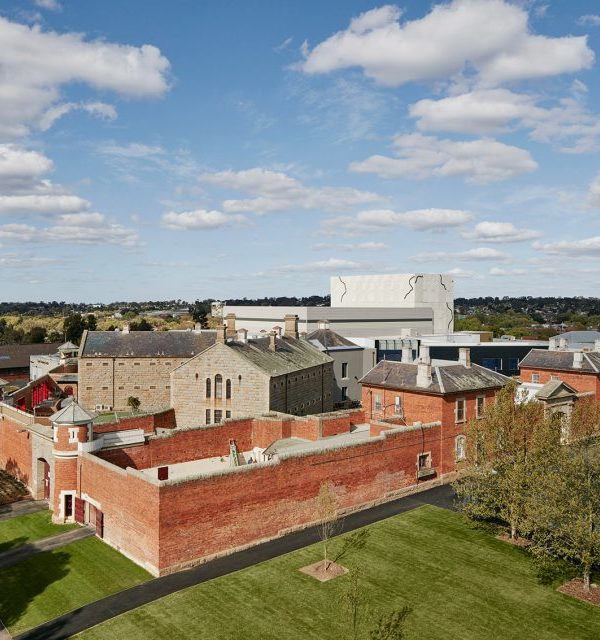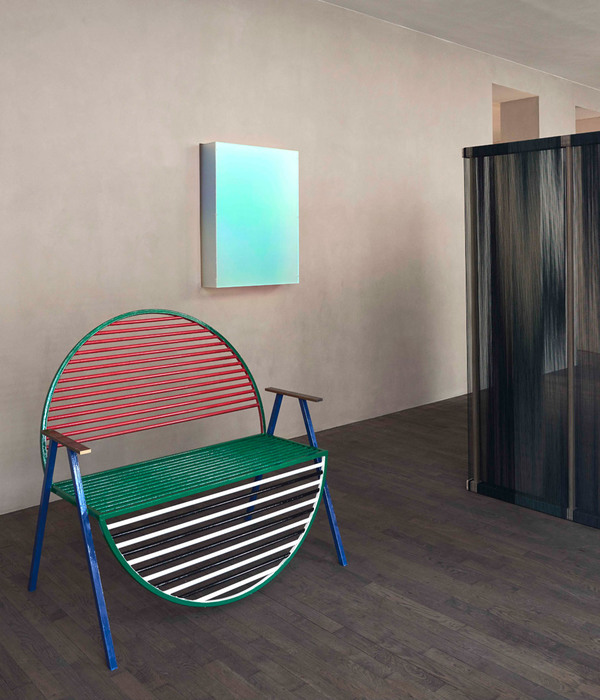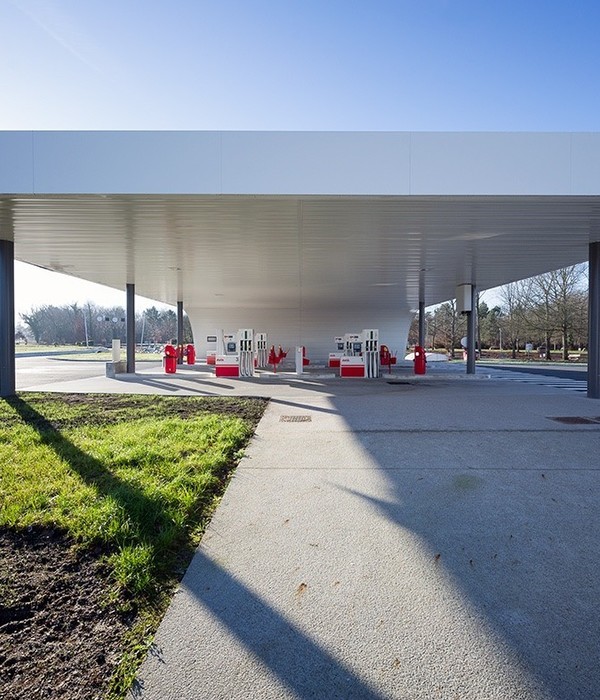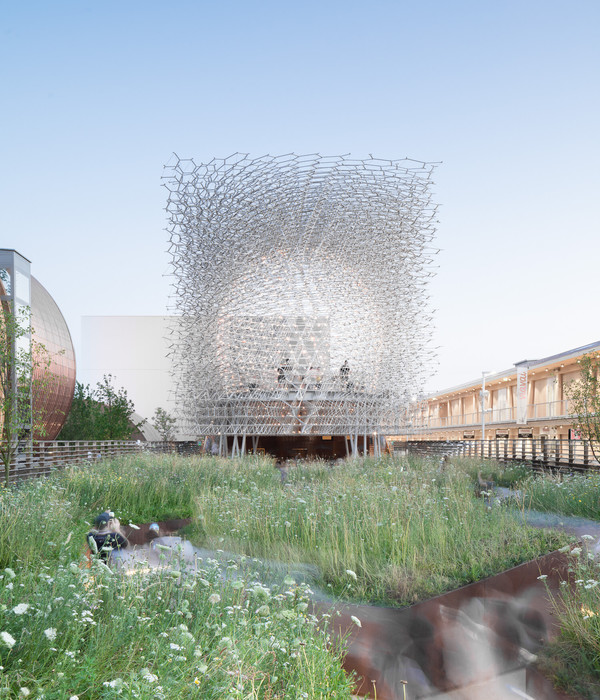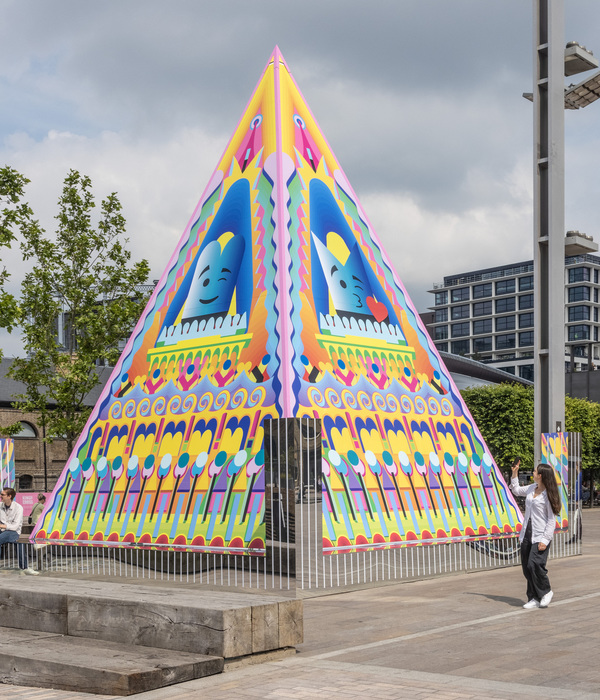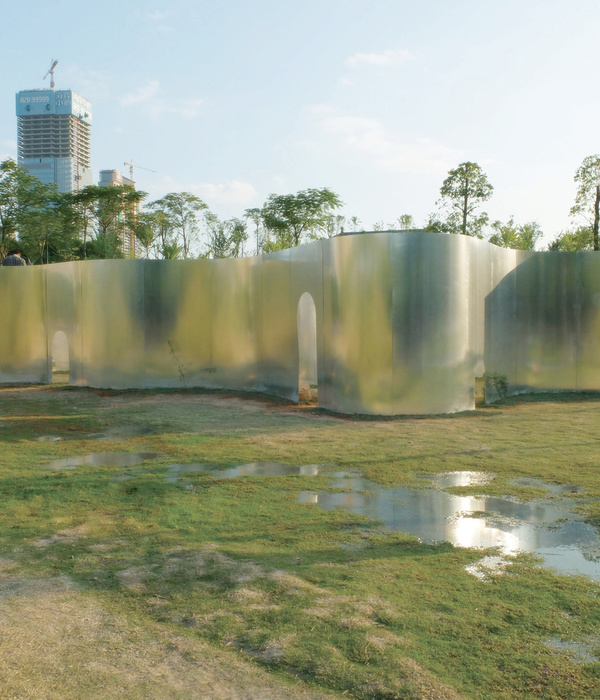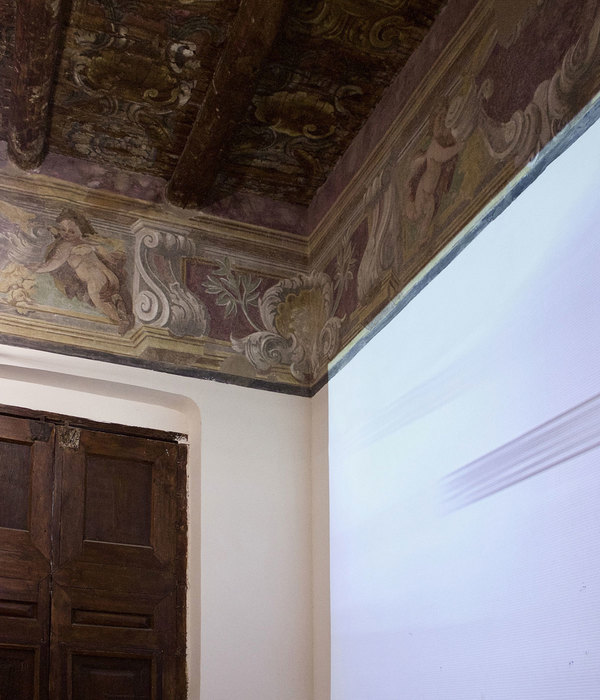The project revitalises an assemblage of 300-year old almshouses and gardens, consolidating the historic building with contemporary elements to create a sustainable and engaging public space. Wright & Wright’s remodelling creates 80% more exhibition space, 50% more public space and remedies the building’s deterioration, preserving a valuable local and national heritage asset for decades to come. It also introduces a new entrance directly opposite Hoxton Station, adds two new garden pavilions together with a street-facing cafe, and improves public access, with no increase in the building’s overall energy requirements.
Within the main almshouse, Wright & Wright excavated and re-established the lower ground floor to form the new Home Galleries and reinstated the first floors to create a spacious new Collections Library and Study Room. The Museum is structured around a redesigned reception space, while a reconfigured circulation route, with flexible entry and exit points, enables visitors to navigate and shape their own Museum experience.
Flanking the gardens are two new pavilions providing valuable community space for the Museum’s programme of education and other activities. The green roof planted on one of the pavilions enhances biodiversity and acknowledges the Museum’s gardens as being one of the few public green spaces in the surrounding area.
In making the Museum’s interiors more accessible, Wright & Wright has also made its street presence more visible and welcoming, eroding the barrier between the museum and public realm. A new entrance opposite Hoxton Station entices visitors through a series of sculptural ramps and steps framed by plants, creating an enclave for people to meet and sit. Similarly, the adjacent and previously redundant Victorian-era public house has been transformed into a cafe, providing an additional entry point to the Museum.
Wright & Wright’s architectural synthesis of new and old reflects a reframed curatorial approach intended to make the Museum more appealing to a wider audience by addressing contemporary domestic issues such as homelessness and fluctuating family structures. It actualises the Museum’s refreshed identity which aims to present a more nuanced understanding of the idea of home and its resonance in society.
{{item.text_origin}}

